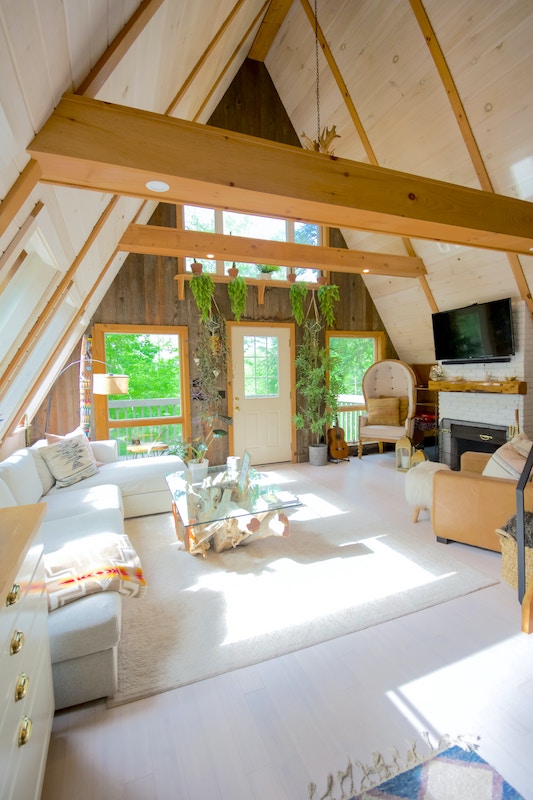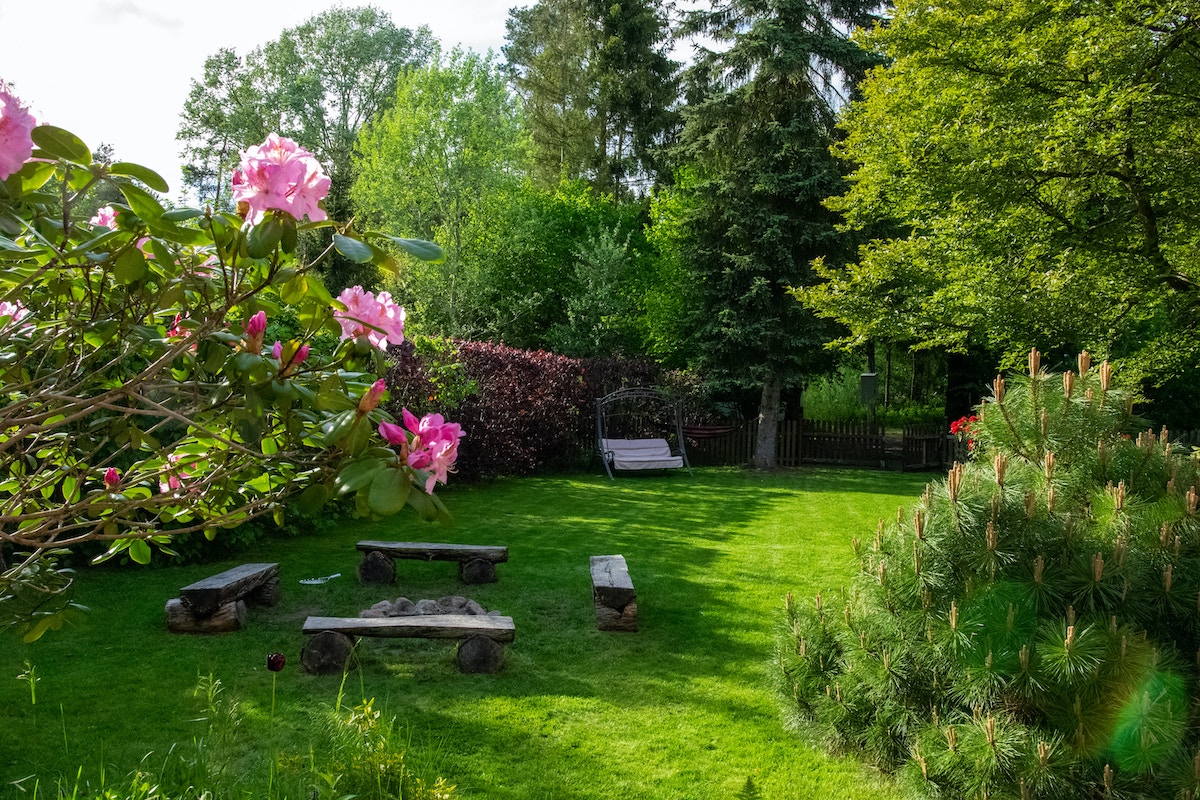Are you dreaming of being able to pluck fresh herbs and veggies for use in your kitchen? Enjoy the beauty of a lush garden, fresh ingredients, and a sense of accomplishment by supplementing your groceries with your own produce. Here are The Modern Home’s expert tips for starting your own edible garden.
Step 1: Assessing the Light and the Site
The success of your edible garden begins with understanding your environment:
- Sunlight is essential: Most edible plants need 6–8 hours of daily sunlight. Crops like tomatoes, peppers, and basil flourish in full sun. (Source: Christian Douglas)
- Space-savvy solutions: For small spaces, consider vertical gardening using trellises or hanging planters to maximize potential. (Source: Christian Douglas Design)
- Container options: Whether terra-cotta, ceramic, or fabric, containers add flexibility and aesthetic appeal. Local nurseries often have unique options and provide delivery. (Source: Architectural Digest)
Step 2: Knowing When to Plant
Timing can make or break your garden:
- Seasonal cues: Your local last frost date determines when to start planting warm-season crops like tomatoes and cool-season favorites like kale. (Source: Christian Douglas)
- Regional resources: Consult your local master gardener program for tailored planting calendars. (Source: Christian Douglas)
- Rotational readiness: As frost ends one season, prepare for the next by clearing spent plants and refreshing the soil. (Source: Christian Douglas)
Step 3: Deciding What to Plant
Choosing the right crops sets your garden up for success:
- Seeds vs. starts: Quick-growing options like radishes and basil do well from seeds, while heavy-yield plants such as tomatoes benefit from starts. (Source: Christian Douglas)
- Cold season vs. warm season crops: Cold-season favorites like cauliflower and kale grow best in the fall, while arugula and summer squash warmer weather vegetables. (Source: Christian Douglas)
- Indoor gardening: For snow-prone areas, grow Italian herbs or leafy greens indoors year-round. (Source: Christian Douglas)
Step 4: Maintaining Your Crops
Consistency is critical to keep your garden thriving:
- Water wisely: Newly seeded areas need daily morning watering to stay moist. Established plants benefit from deep watering to encourage strong roots. (Source: Christian Douglas)
- Fertilize: Healthy plants need nutrient-rich soil. Organic fertilizers like E.B. Stone Organics are excellent choices for encouraging growth. (Source: Christian Douglas)
- Soil health matters: Damp, nutrient-filled soil supports the microbes and worms essential for plant development. (Source: Christian Douglas)
Edible Landscaping: Beauty and Purpose
Edible landscaping adds a unique charm to outdoor spaces. Replacing ornamental bedding plants with edibles like Swiss chard or parsley offer both visual and culinary value. (Source: Biggs)
- Eye-catching edibles: Try compact eggplants for their stunning flowers and fruit or colorful Swiss chard to brighten up garden beds. (Source: Biggs)
- Seasonal diversity: Transition from frost-tolerant kale in early spring to heat-loving basil in summer. (Source: Biggs)
Maximizing Small Spaces
Urban and small-space gardeners can still enjoy abundant harvests with creative solutions:
- Vertical strategies: Climbing plants like cucamelons or ‘Tromboncino’ squash utilize height effectively. (Source: Hurn)
- Multipurpose plants: Choose crops where all parts are usable, such as celery or lemon verbena. (Source: Hurn)
- Container creativity: Repurpose materials like bathtubs or wooden pallets for unique planters. (Source: Hurn)
Sustainable Flavor
Edible gardening is a celebration of flavor, health, and sustainability. Long-cropping plants like kale and chard produce large yields, while vibrant herbs like purple shiso and cinnamon basil elevate any dish. (Source: Hurn)
- Eco-conscious practices: No-dig gardening and composting enrich the soil while reducing environmental impact. (Source: Hurn)
- Community connections: Transform front yards or public spaces into edible landscapes, promoting community engagement and sustainable living. (Source: Biggs)
From Seed to Plate
Starting an edible garden is a fruitful hobby. By thoughtfully assessing your garden site, choosing the right plants, and embracing sustainable practices, you can transform any space into a flourishing garden.
Citations:
- Christian Douglas Design
- Biggs, Steven. “Move Over Bedding Plants…and Try These Edible Garden Plants Instead.” Food Garden Life.
- Hurn, Alys. “How to Create a Beautiful Garden with Plants You Can Eat.” Published by Jason Ingram, March 12, 2024.
Jenica “Hen” Weyand is a seasoned writer and creative professional with over 20 years of experience in brand storytelling, art, fashion, trends, and lifestyle. With a background in theater, design, and brand experience, Jenica continues to shape conversations around art, style, and modern living.
Jenica Weyand





